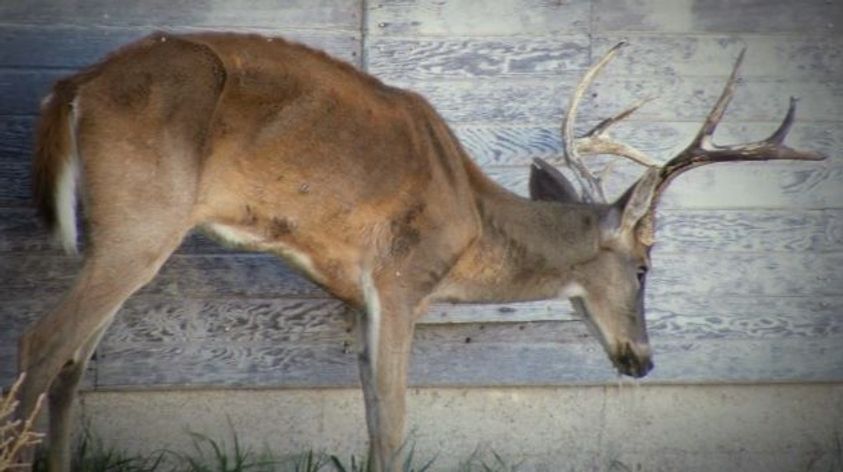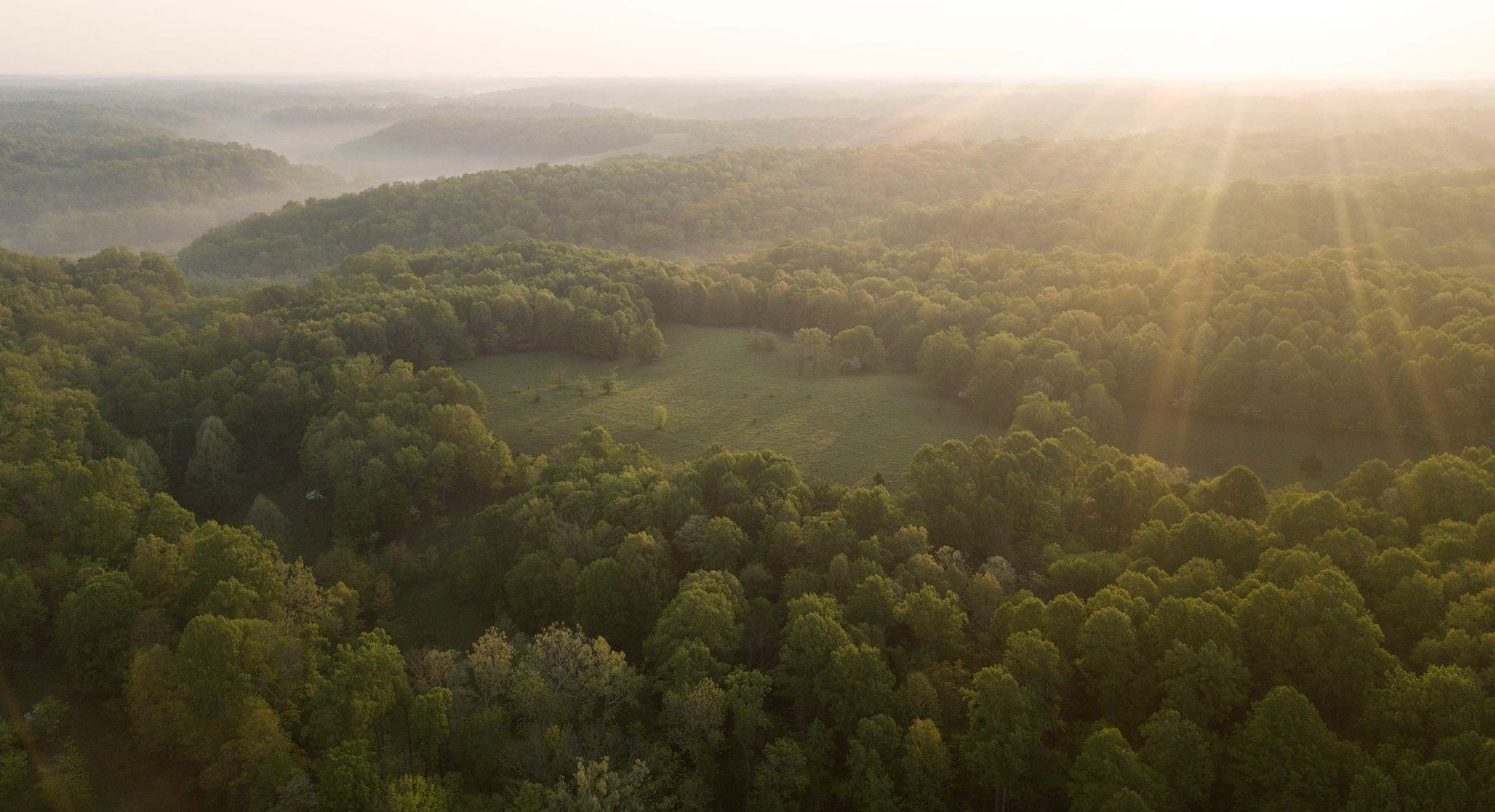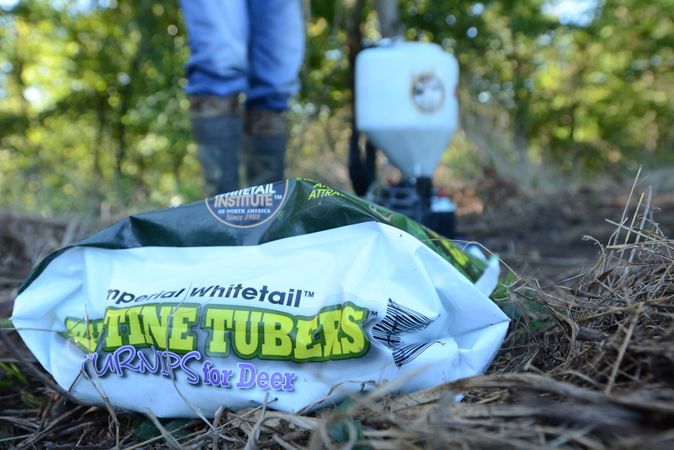“CWD Case Confirmed in ______________ County” is one news headline a deer hunter never wants to read – especially if said county is close to where you hunt. But Tuesday, the deer hunting community had to stomach such news when Michigan confirmed the state's first case of Chronic Wasting Disease in free-ranging white-tailed deer. As much as deer hunters talk about the disease, we still know very little about how to deal with it. Here are some cold hard facts the scientific community does know:
- Chronic Wasting Disease (CWD) is a slow-to-incubate syndrome of a deer’s central nervous system.
- It’s caused when healthy proteins become deformed and deteriorates the brain.
- Deer can have the disease for 1-2 years and spread it to other deer before showing any symptoms.
- It’s spread by direct deer-to-deer contact with bodily fluids containing the affected proteins (prions) or prions in the soil.
- It’s fatal in every case.
- So far, there is no evidence that it’s a health risk to humans, but it’s recommended you use extreme care when handling venison harvested from infected areas and test the deer for the disease before it is consumed.
Last summer, at Whitetail Properties’ first ever Whitetail State of The Union, we brought the brightest minds in the world of white-tailed deer together to address the most pressing issues facing deer and deer hunters. One of those topics was CWD.
CWD is controversial
How do we manage it?

Hemorrhagic diseases like EHD and Bluetongue can decimate a herd and is spread by biting gnats – not through deer-to-deer contact like CWD. It runs its course quickly and the herd rebounds.
“Hemorrhagic Disease kills far more animals,” said Brian Murphy, a wildlife biologist and CEO of QDMA. “That is a naturally occurring disease that we just have to deal with. It’s been around a long time. With Chronic Wasting Disease, we have the ability to limit the spread. We have a chance to make a difference with respect to CWD that we don’t currently have with Hemorrhagic Disease.”
CWD outbreaks can be controlled, but because of the long incubation period and no real blueprint for how to respond to an outbreak, actions are usually based on emotions and not facts.
Take the case of the CWD outbreak in Wisconsin. After millions of dollars spent trying to eradicate the disease, Wisconsin decided to simply monitor the spread instead of manage it through practices that were politically unpopular.
“We can’t get rid of it,” said Kip Adams, certified wildlife biologist and QDMA's Director of Education & Outreach. “We know that, but we can minimize the spread of it. A perfect example of that is Wisconsin and Illinois. Both have CWD. Several years ago, when Wisconsin said we’re not managing it anymore, Illinois said we’re going to continue to manage it. We’re going to sharpshoot; we are going to remove deer in these areas that have it to keep it from spreading.”
Here’s where it get’s interesting.
“In that year, the disease prevalence was about the same in both of those states,” said Adams. “Today, in Illinois, the prevalence rate is the same. It hasn’t increased a bit. Wisconsin prevalence rates have skyrocketed. So as hunters, we can support efforts to keep it in these areas. Don’t let it get statewide or spread. Cause once it spreads, then we’re done.
Yet, some hunters are not too keen on strict transport laws of carcasses or an earlier firearm season in affected areas. The general public always seems to have a negative response to sharp shooters culling the deer herd, no matter how humane and effective those culls are. And finally, CWD management sucks money from the DNR that could be used towards other conservation efforts.
While the data suggests depopulating the herd lessens the spread of the disease the next big question becomes: Does prevalence of the disease mean a widspread decrease of deer or the quality of deer in an affected area?
Does CWD affect the deer population?

According to Dr. James Kroll, Professor Emeritus of Forest Wildlife Management, at Stephen F. Austin State University and widely known as “Dr. Deer,” Wisconsin is an example of what not to do, but it’s hard to criticize the state.
“They behaved in good faith,” said Kroll. “Here’s a disease that everyone’s in a panic about, it’s going to kill people and deer and who knows what else. So, they jumped on it with fervor and they were going to eradicate the disease.”
While most of us were in hysteria in 2001, Knoll stuck his neck out on the line with a prediction he made on the TV show, Journal of the Texas Trophy Hunters.
“I said, when it’s all said and done, the eradication efforts in Wisconsin are not going to work, and the deer herd is going to be as good or better,” said Knoll. “After ten years of work in the eradication zone to eradicate the disease, the deer herd has actually grown. And some of the biggest bucks, by the way, killed in Wisconsin have come from there.”
Knoll took that position because of his understanding of deer biology. In the Midwest, a high percentage of doe fawns can breed. By the time a doe can become clinical and supposedly die from the disease, she’s already produced several sets of fawns.
“A wise friend of mine who is a retired biologist said he wasn’t that worried about CWD because by the time a deer is old enough to become clinical with the disease he’s been in somebody freezer and eaten for 3 years,” said Knoll.
But Kroll is quick to recognize the threat of CWD.
“I’m not minimizing this disease,” said Kroll. “I’m not saying that at all. But I think what’s happened is the importance of it has been blown way out of proportion.”
His prediction for what will happen? It’s better than the forecast for EHD and Bluetongue, which is a virus and can mutate.
“Deer are remarkably resilient,” said Kroll. “They are tremendously genetically diverse. It’s all about numbers. Natural selection works on numbers. And I think within reasonable historic time, whitetail deer will pretty much get themselves out of this.”
That guess is still a tough pill to swallow for the folks who are dealing with CWD in affected areas. Economic gains, all the work on the land, the work on improving the deer herd, the excitement of hunting seems to wane when CWD rears its ugly head.
What can we do? We can hope for a sudden cure that will turn around the situation. Until then, hunters and states will need to decide whether fighting CWD is where we put our energy and resources.
The number one cause of CWD spread is the transportation of infected carcasses and live deer. We know that. While it’s too soon to say that the wild deer in Michigan that tested positive for CWD got the disease from contact with a captive deer from a breeder, one thing is clear… CWD did not walk into Michigan from Illinois or Wisconsin.
As concerned deer hunters, does that mean we take a harder look at the correlation between CWD and the captive deer industry? Swifter deer population reduction in infected areas? Because one thing’s for sure, we want to read fewer headlines about new cases and more about successful management practices.
Comment below with your thoughts.







